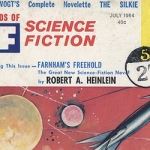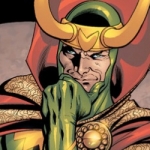Earlier we explored 10 Science Fiction Pulps that were significant to their genre, but fantasy needs its due as well. This list was a little more difficult for me to put together because I was very interested in showing the best of the best. In the past, and still today, science fiction and fantasy get grouped together quite frequently; so too was the case with fantasy in magazine and pulp form. While this is also the case for some of these selections, they are all noteworthy in their own right.
While many people would roll their eyes at pulps in general, I feel that they are an important part of the fantasy legacy. By exposing new audiences to the genre and new authors to the field, they are one of the many stepping stones the genre has had to take to reach legitimacy. Today, we’re embracing fantasy’s past with these five fantasy pulps.
1. Weird Tales
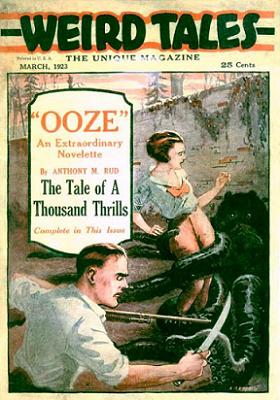
March 1923, Volume 1, Issue 1
Weird Tales first reached stands in March 1923 and, through a few revamps and hard times, is still in publication today. The magazine managed to survive The Great Depression and World War II, and even though it is sometimes irregular with its publication today, it is still a bastion for fantasy fans. Over the years, many authors have had their work features in its pages, including (but of course not limited to): Clark Ashton Smith, H.P. Lovecraft, Tanith Lee, Robert E. Howard, and Ray Bradbury. Robert E. Howard’s Conan the Barbarian stories were especially popular among the readers of Weird Tales.
2. Famous Fantastic Mysteries
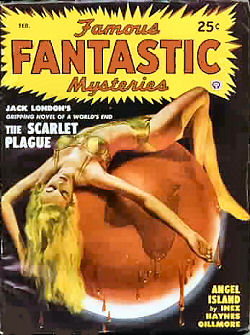
February 1949
Famous Fantastic Mysteries existed from 1939 to 1953. Its pages were graced with the work of such authors at Arthur Conan Doyle, H.G. Wells, Jack London and Sax Rohmer. It later combined with Fantastic Novels and provided reprints of some of its early classics in their full length, a revolutionary idea at the time. While many of its authors would be obscure today, Famous Fantastic Mysteries printed some of the pioneers of the genre such as Abraham Merritt, Homer Eon Flint, and Tod Robbins.
3. Unknown

April 1954
Unknown, which ran from 1939 to 1943 and was later known as Unknown Worlds, is known for revolutionizing the way many see fantasy. It was often imitated but never duplicated, and when if finally folded due to wartime pressures, it left a hole in fantasy pulp field that no one before it or since has been able to fill. Unknown looked at horror especially with a light heart and captured readers new to the genre with its simple yet effective stories. It featured such authors as Robert Heinlein, L. Ron Hubbard, L. Sprague de Camp, C.L. Moore, and A. E. van Vogt to name only a few. Unknown was closely affiliated with Astounding through its editor John W. Campbell Jr.
4. Fantastic Adventures
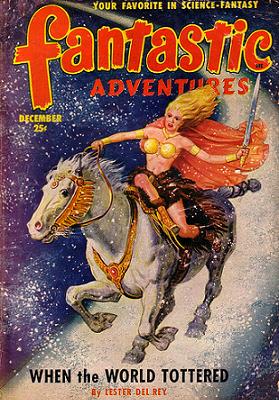
December 1950
Fantastic Adventures was published from 1939 until 1953, after which it was absorbed by Fantastic in 1954. Like Unknown, it had a compantion in the science fiction pulp field: Amazing Stories. Its fantasy was of a decidedly lighter fare, but it still was part of the pack of publications bringing fantastic fiction up in the eyes of readers everywhere. Perhaps the author whose style most exemplified Fantastic Adventures was Nelson S. Bond, but he was joined by other authors such as Alfred Coppel, Karl Tanzler Von Cosel, and Fritz Leiber.
5. The Magazine of Fantasy & Science Fiction
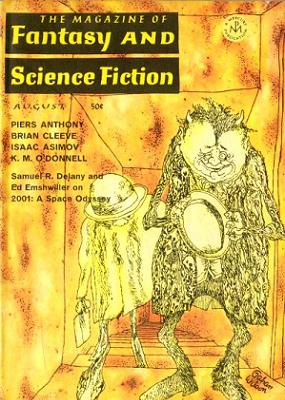
August 1968
The Magazine of Fantasy & Science Fiction, which began in 1949, shares the distinction with our first fantasy pulp as being still in circulation today. While its name has changed over the years, it has published some of the leading authors in the fields of fantasy and science fiction. In the science fiction realm, Starship Troopers was first published in a serialized version in this publication. On the fantasy side, Stephen King’s epic series The Dark Tower got its start when The Gunslinger was serialized in The Magazine of Fantasy & Science Fiction in 1978.


